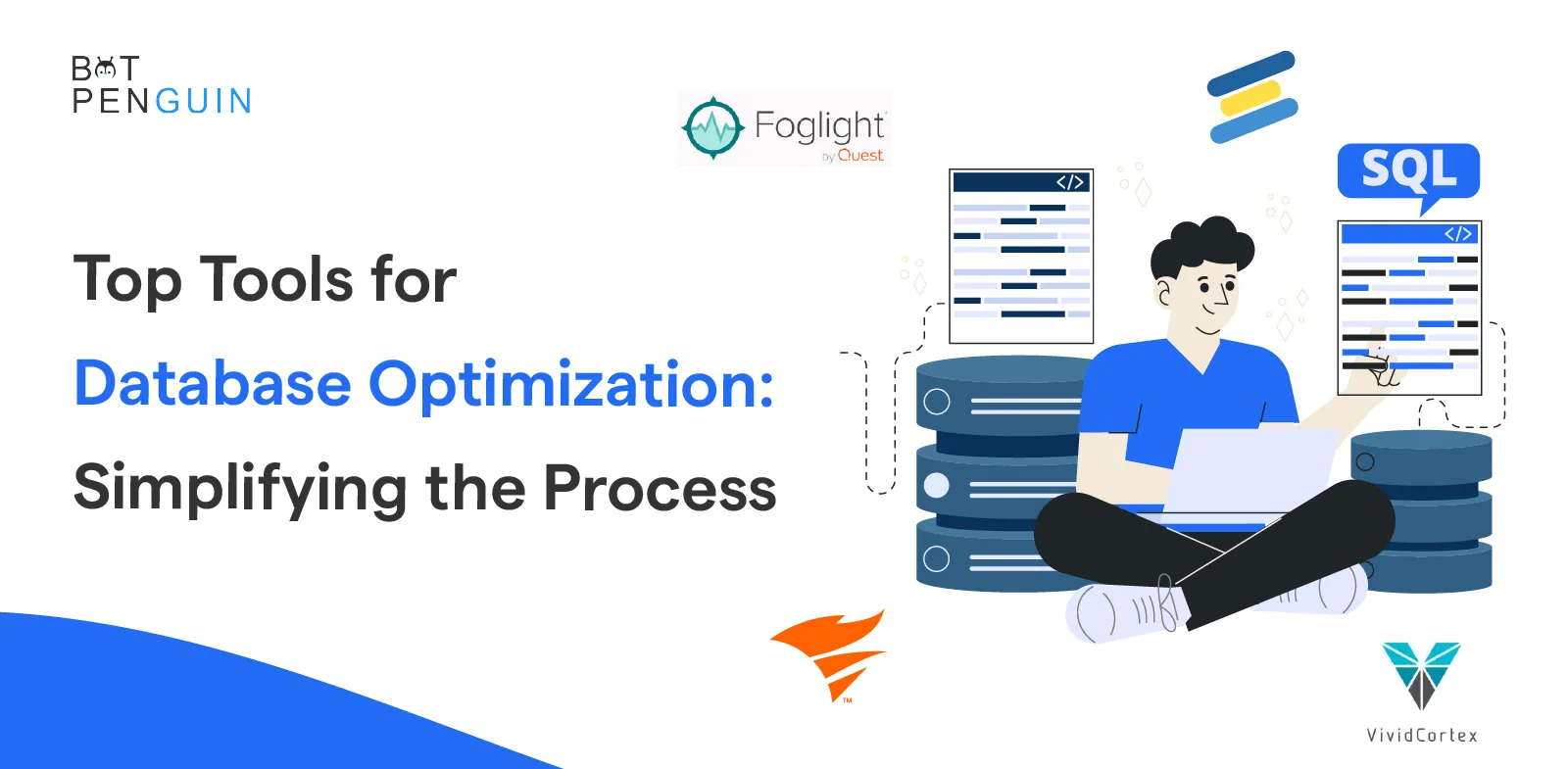Introduction
Are you finding it difficult to keep databases optimized at peak efficiency?
Poor database performance drags down application response times, throttles productivity, and frustrates users.
Optimized databases directly impact customer experience. According to research by Aberdeen Group, a 1-second delay in page load time can cause conversion rates to plummet by 7%.
With users expecting near-instantaneous results, database optimization is now a competitive necessity. The global database market is forecast to reach $106 billion by 2026.
Now more than ever, organizations must have top tools that simplify optimizing their database backends for resilience and speed. Doing so pays dividends through greater productivity, lower infrastructure costs, and improved customer experiences.
So continue reading to unlock maximum database performance through the best data optimization techniques
In this article, you will find must-have features, leading solutions, and proven strategies to modernize and streamline database optimization.
Why is Database Optimization Strategies Necessary?
In today's highly competitive, data-driven landscape, optimization is key to extracting maximum value from database investments. Here are some key reasons why database optimization strategies are necessary:
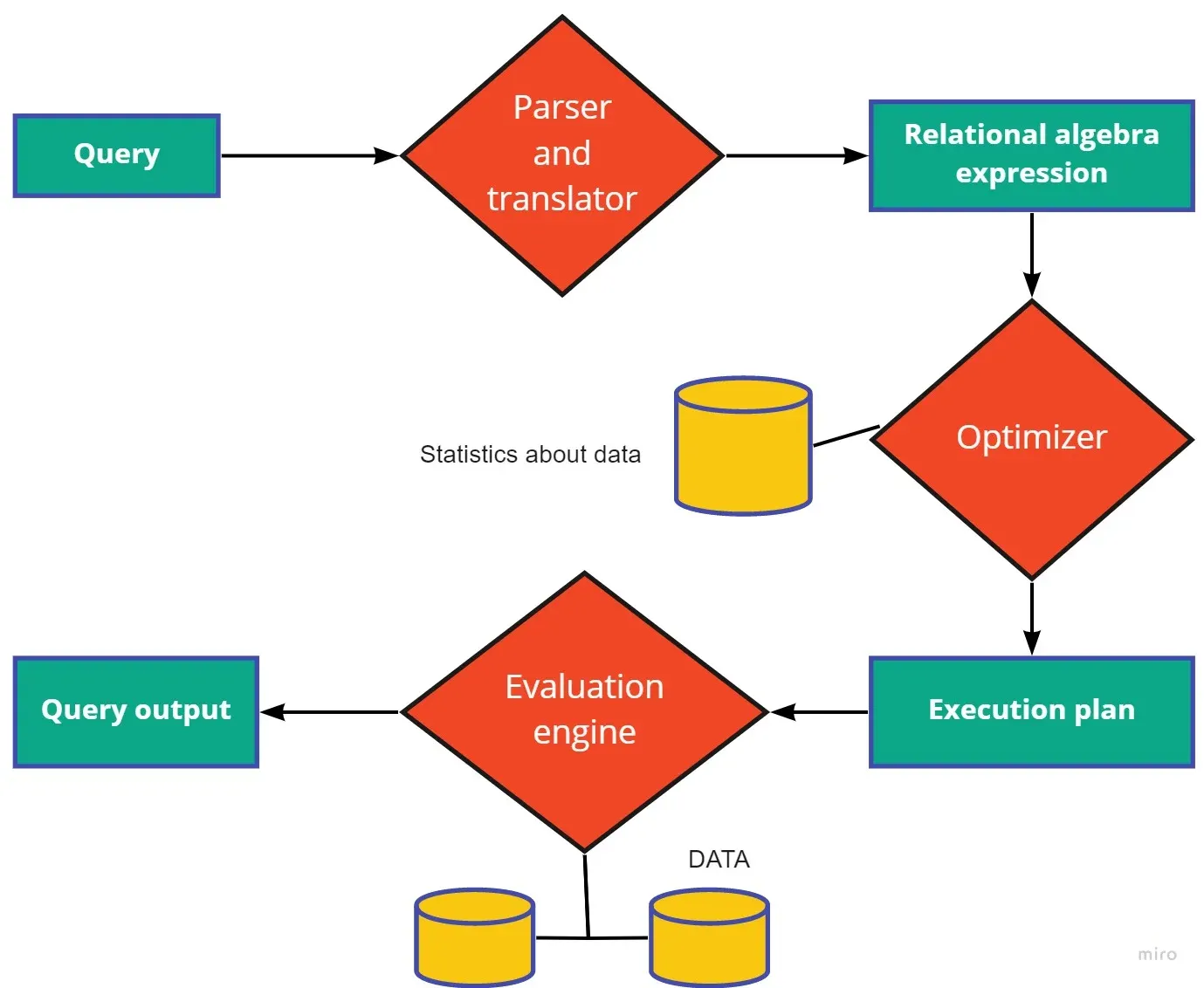
- Improves performance: Optimized databases run queries faster, reducing wait times for returning results. This improves overall application performance.
- Increased output: Optimization allows a database to handle more concurrent queries and users. More queries can be served per second.
- Better resource utilization: Strategies like indexing reduce redundant data access. This lessens demands on computing, storage, and memory.
- Cost savings: Fast performance reduces infrastructure needs. Smooth-running database saves on hosting, hardware, and scaling costs.
- Future-proofs growth: An optimized database is ready to efficiently handle spikes in data volumes and users that come with growth.
- Competitive advantage: High-performance databases enable companies to move faster to seize new opportunities and get ahead
- Enhanced reliability: Optimization enhances stability, preventing bottlenecks that can lead to crashes and downtime.
- Reduced friction: Faster more reliable databases mean less frustration for employees, customers, and stakeholders.
Database optimization is critical for cost-effective scalability, stable operations, and enabling organizational agility through high-performing data systems.
Along with Optimization, BotPenguin has other features too such as-
- Marketing Automation
- WhatsApp Automation
- Customer Support
- Lead Generation
- Facebook Automation
- Appointment Booking
Top 7 Database Optimization Tools
Selecting a database optimization tool that aligns with your environment and optimization needs is key to maximizing database investments. So here are some leading tools for optimizing database performance:
1. SolarWinds Database Performance Analyzer
SolarWinds Database Performance Analyzer provides monitoring, diagnostics, and tuning for physical and virtualized databases. Features include automated index management, query optimization, and workload analytics.
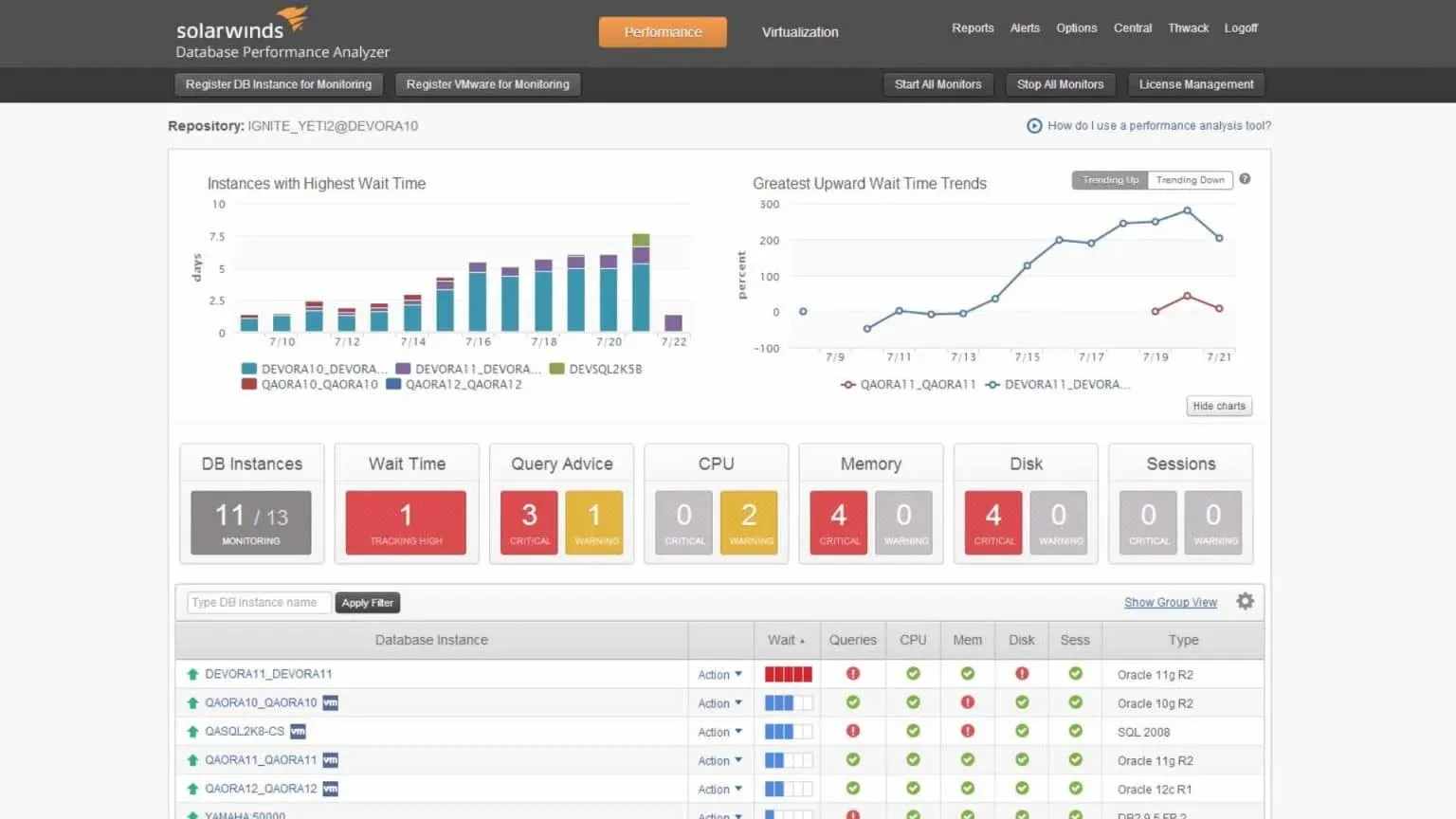
2. SQL Sentry
One of the top database optimization tools SQL Sentry delivers database performance monitoring and tuning for the Microsoft Data Platform. It offers monitoring, alerting, indexing, and query optimizations. Integrates with other tools.
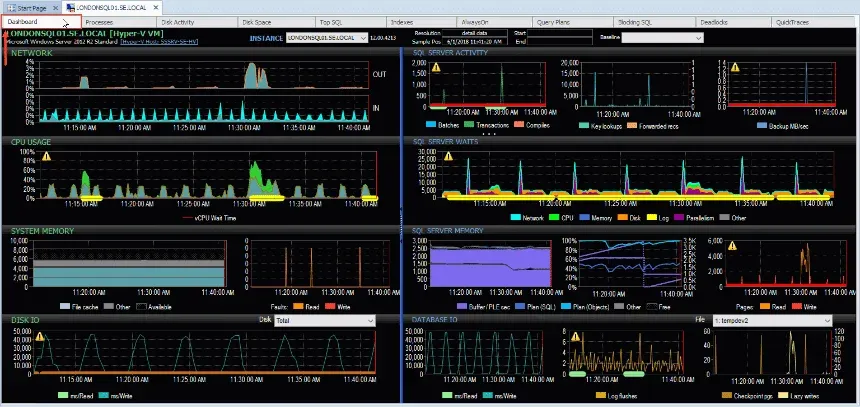
3. IDERA SQL Diagnostic Manager
This database optimization tool identifies and resolves performance issues across large database environments. Features include real-time diagnostics, tuning recommendations, reporting, and forecasting.
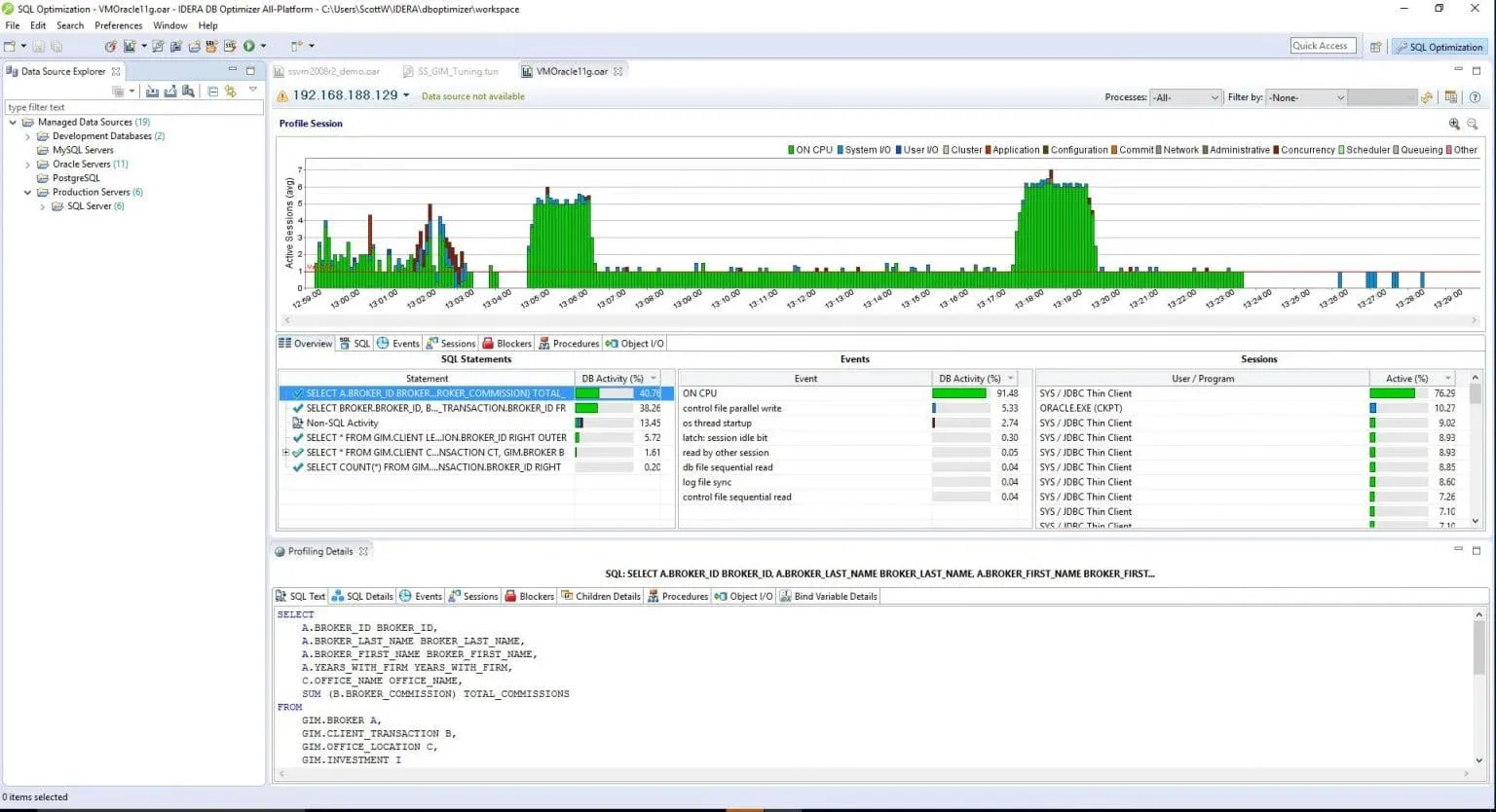
4. Quest Foglight
Quest Foglight is a robust database optimization cross-platform that simplifies the optimization process. It monitors with advanced alerting, diagnostics, and reporting to proactively optimize large heterogeneous environments.
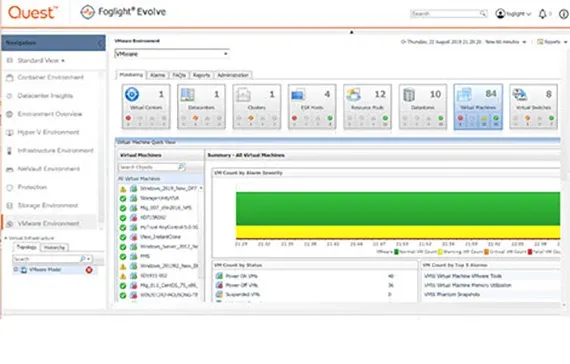
5. VividCortex
VividCortex Specialized is a database monitoring and optimization platform. It is for cloud-based and on-premises like PostgreSQL, MySQL, MongoDB, and Redis.
This data optimization tool provides deep visibility into workloads.
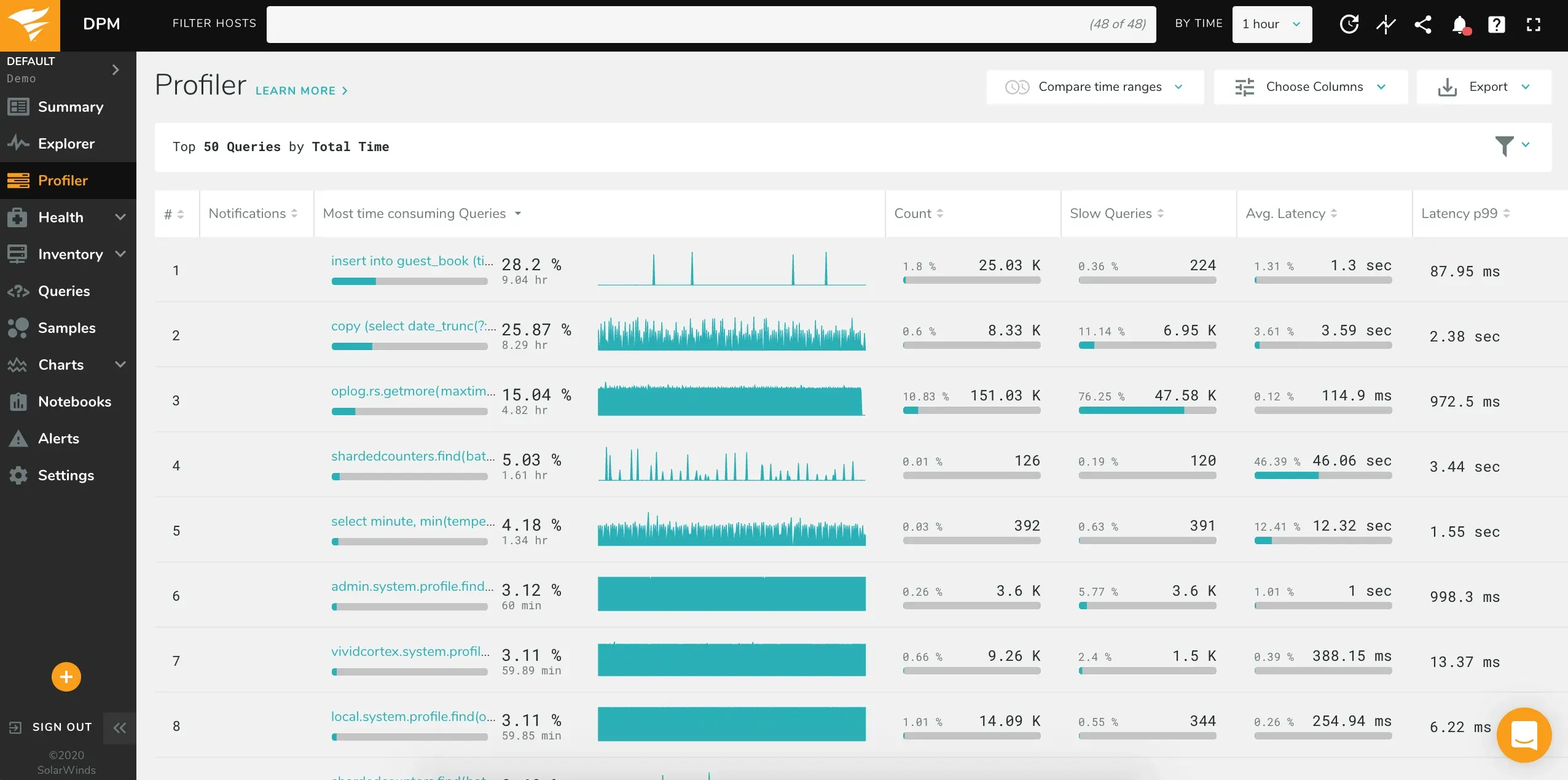
6. Datadog APM
Another database optimization tool is Datadog APM which enables tracing transactions and queries to monitor database performance across hybrid environments. It integrates database monitoring data with application performance data.
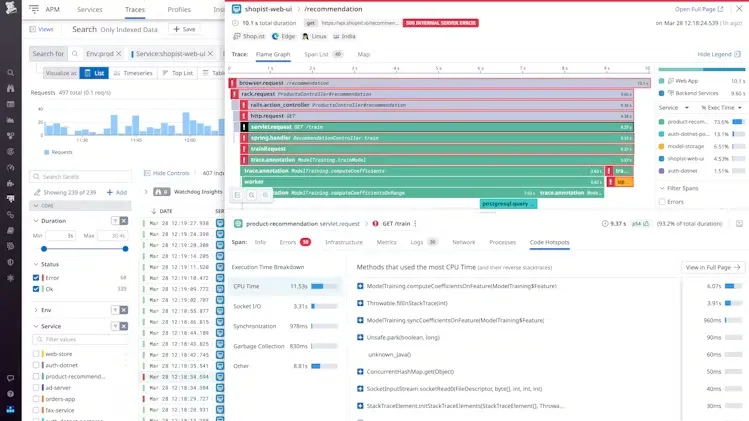
7. SiliconExpert
SiliconExpert is a cloud-based SQL server monitoring and tuning data optimization solution. It focuses on index and query optimizations driven by response time metrics.
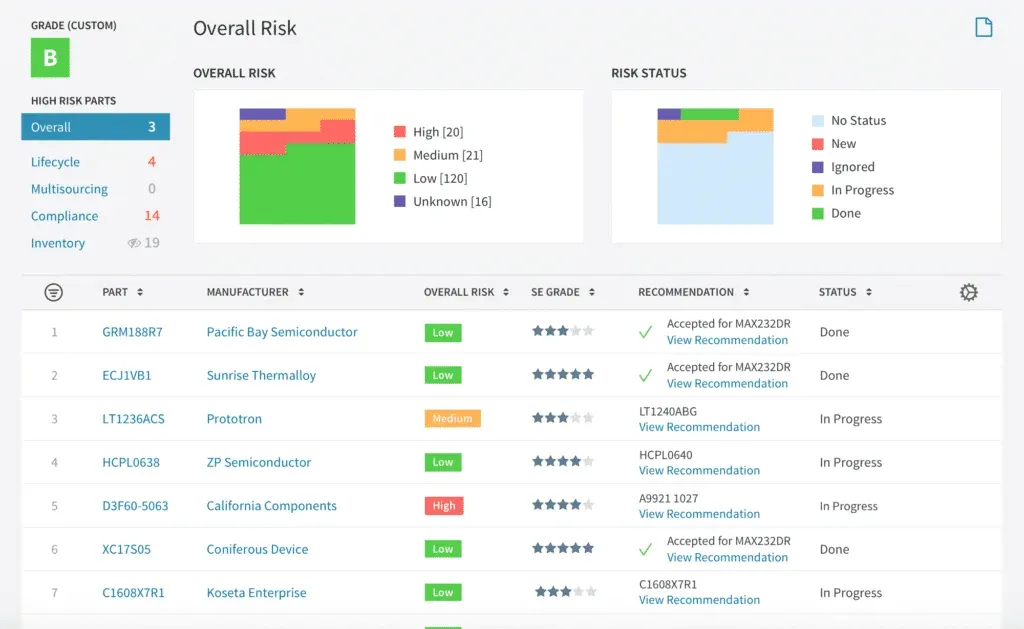
When Should You Optimize Your Database
The goal is to optimize before bottlenecks cause slowdowns in the end users' experience. Here are some guidelines on when database optimization should be performed:
Indications of a Sub-Optimized Database
You know it's time to optimize when your database starts acting like a grumpy cat. It means slow response times, frequent errors, and inexplicable crashes.
Benefits of Timely Optimization
A stitch in time saves nine, and timely optimization saves a ton of trouble! By optimizing before the problems escalate, you prevent potential disasters and ensure your database runs like a well-oiled machine.
Risk of Ignoring Database Optimization
Ignoring database optimization can lead to a bumpy road ahead! Overlooking this crucial task might result in frustrated users, lost revenue, and a tarnished reputation.
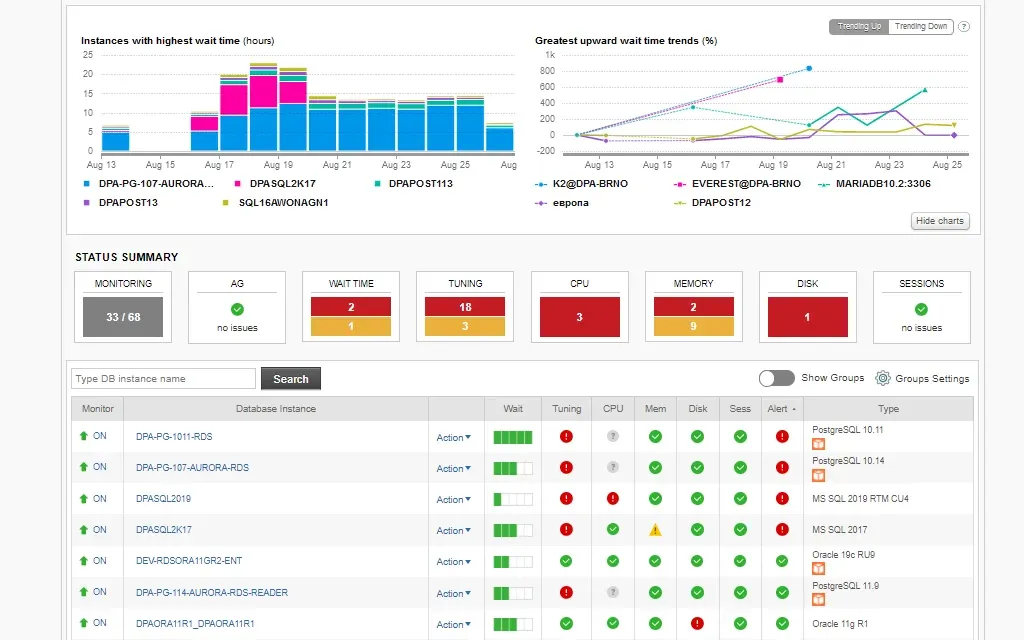
Key Factors Affecting Database Performance
Here are some of the key factors that can affect database performance:
- Hardware: CPU, memory, disk I/O all impact ability to retrieve and write data quickly.
- Normalization: Balancing normalization and denormalization impacts speed and storage needs
- Caching: Caching frequently accessed data in memory reduces disk I/O.
- Replication: Using replicas distributes read workload across servers.
- Concurrency: More concurrent users increase contention for resources.
- Integrity checks: Features like referential integrity add validation complexity.
Carefully managing these factors allows tuning the database for ideal speed and efficiency.
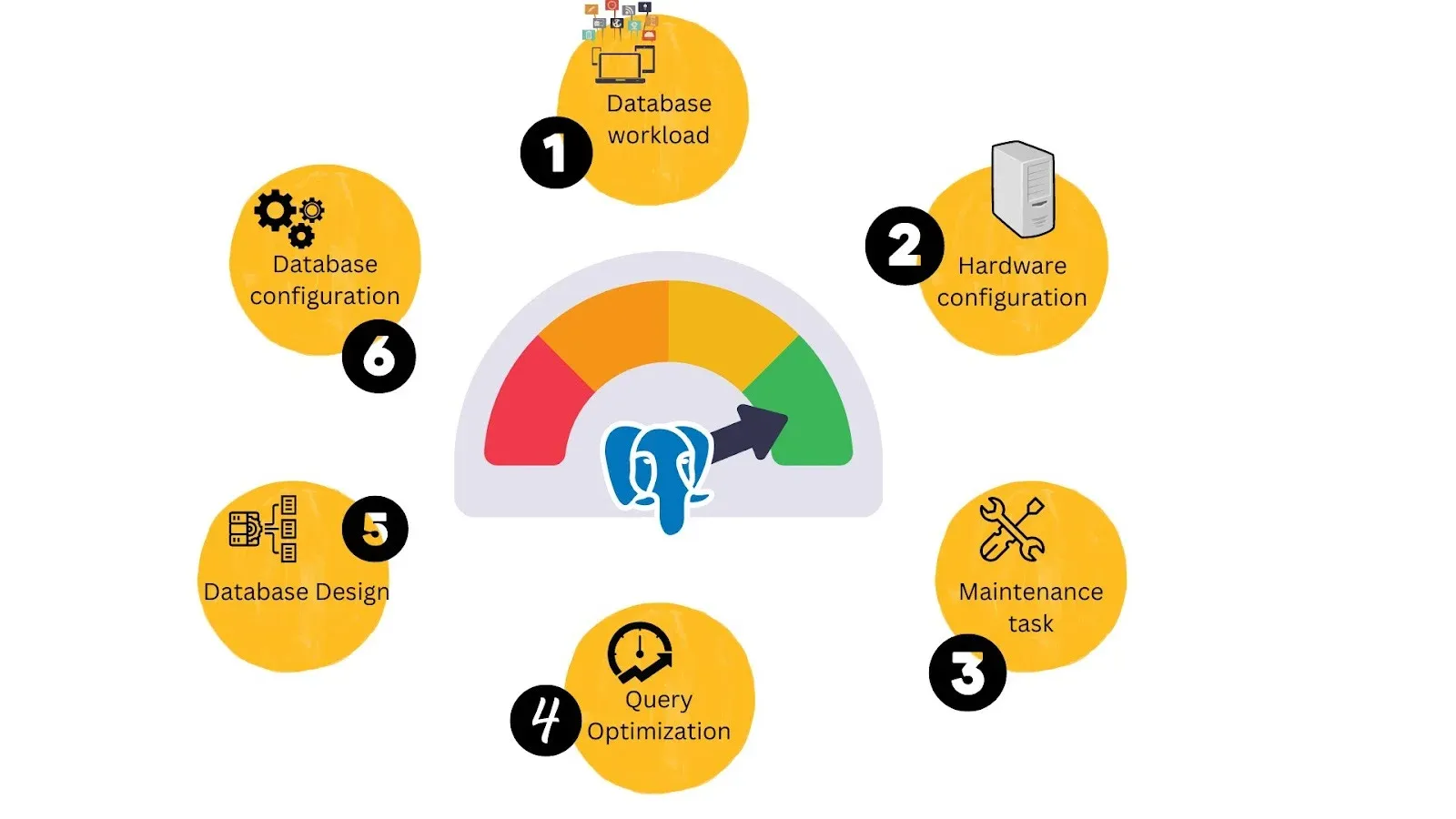
Conclusion
In conclusion, today’s data-driven landscape uses modern tools to optimize database performance. According to tech research firm G2, 97% of database users say performance optimization tools are valuable IT investments.
Organizations increasingly rely on databases to power mission-critical workloads. So data optimization assists in defeating slow queries, meeting scalability demands, and accelerating application performance.
By providing granular visibility into inefficient queries and bottlenecks, automated index management, smart tuning recommendations, seamless integrations, and predictive analytics, tools like SQL Sentry, SolarWinds DPA, and VividCortex empower organizations to proactively optimize their database infrastructure.
BotPenguin can help you optimize your database performance by identifying bottlenecks, providing recommendations, monitoring performance, and automating optimization tasks. This can help you to improve the performance of your database and prevent performance issues from occurring in the first place.
So embrace the database optimization tools to accelerate databases into the future.

